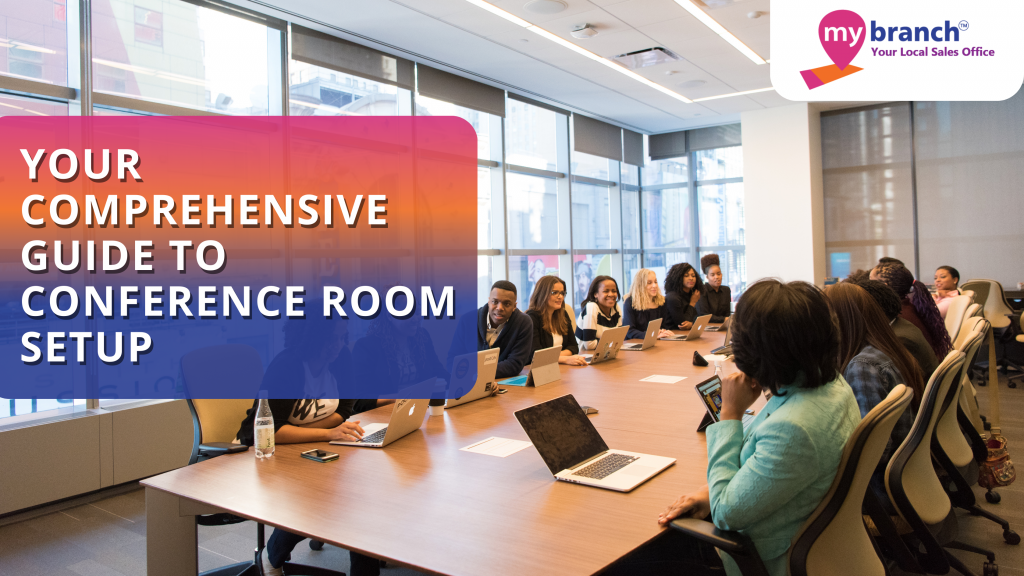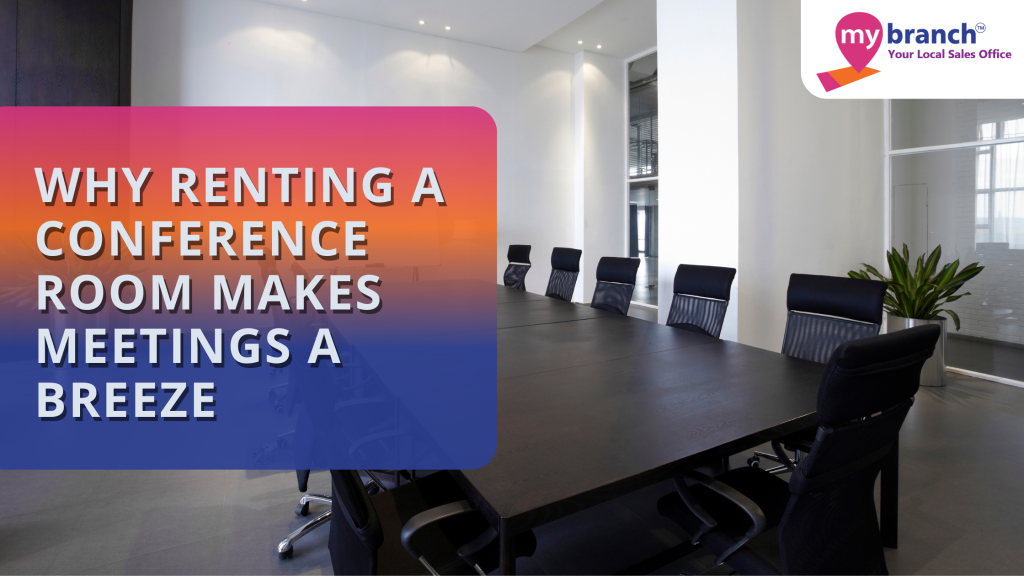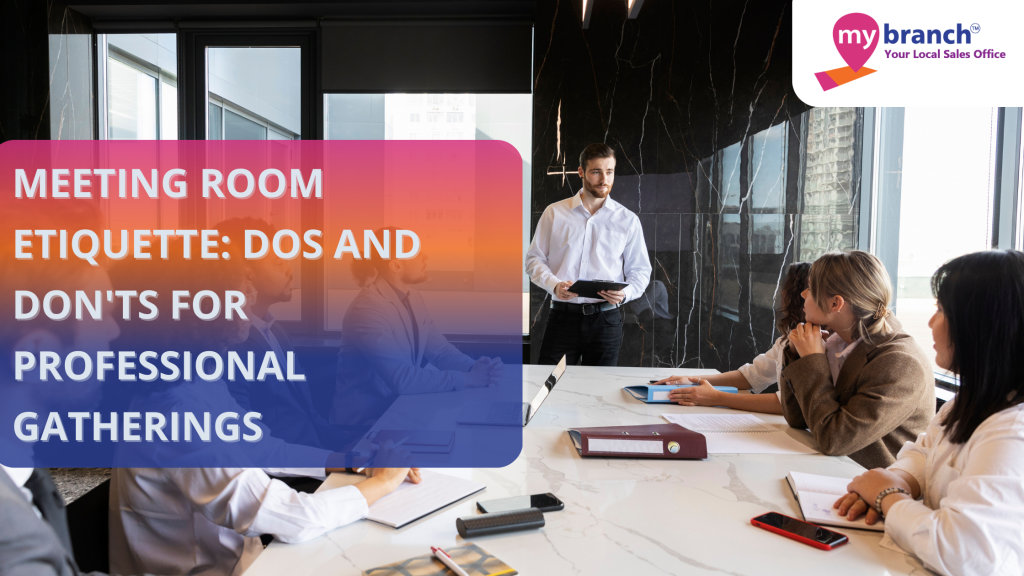
In the world of businesses, innovation is essential. Whether you’re in a startup or building your own business, thinking creatively and finding new solutions can lead to success. But what does it mean to be innovative at work, and how can you bring that energy to your office? Innovation isn’t just about big ideas; it’s about thinking differently, welcoming change, and always looking for ways to improve. It’s about being open to challenges, learning from others, and pushing your limits. Here are some practical steps to help you become more innovative at work.:
1. Welcome Change
Innovation begins with a mindset open to change. If you’re stuck in a routine, thinking outside the box becomes harder. It’s about spotting opportunities in new methods, products, or office setups. Be willing to experiment, whether by rearranging your meeting room for collaboration or trying new software to improve processes. Embracing change creates room for fresh ideas, leading to breakthroughs that drive businesses forward.
2. Focus On Positivity
Your environment directly impacts your ability to innovate. Negative energy and stress stifle creativity while being around positive, forward-thinking people pushes you to think differently. Whether in a coworking space or leading a team, fostering a positive atmosphere where ideas are encouraged makes a huge difference. Surrounding yourself with those who focus on possibilities, not problems, inspires creativity and risk-taking which are both essential for innovation.
3. Learn From Innovators
Innovation prospers by learning from others. To spark your own creativity, study industry leaders or innovators in different fields. Explore their stories, processes, and strategies for success. From tech giants like Elon Musk to lesser-known entrepreneurs, observing how they think can offer valuable insights. Sometimes, stepping outside your immediate environment and seeing how others have transformed theirs provides the fresh perspective you need for breakthrough ideas.
4. Join A Workshop
Workshops are great for sparking fresh ideas. Immersing yourself in interactive sessions, like those on design thinking or problem-solving, can expand your perspective in unexpected ways. These experiences encourage you to think outside the box and explore new approaches. Additionally, attending workshops allows you to connect with like-minded individuals who are equally eager to innovate, opening doors to collaborations and ideas you can take back to your workspace.
5. Widen Your Professional Network
Your network is your net worth, especially for innovation. Meeting new people exposes you to diverse perspectives, skills, and ideas you may not have considered. Don’t limit your professional network to just your field; attend industry events, engage in coworking office spaces, and connect with various professionals. Each new relationship offers an opportunity for fresh insights that could inspire your next big idea.

6. Bring Your Skills To Work
Innovation often originates from applying skills you’ve developed outside of work to your job. Whether you have a passion for photography, coding, or design, don’t keep these talents separate from your professional life. Integrating your diverse skills can lead to unexpected opportunities for innovation, such as using photography to inspire a creative marketing campaign or leveraging coding to simplify office operations. Embracing these crossovers can spark fresh ideas and improve your contributions at work.
7. Believe in Your Ideas
Believing in the value of your ideas is important for innovation. If you constantly doubt yourself or hold back, creativity can’t flourish. Take risks and share your thoughts with your team. Not every idea will be a game-changer, and that’s perfectly fine. The key is to keep trying and trust that your voice matters. In any office environment, whether traditional or a modern coworking space, confidence in one’s ideas inspires others, creating a cycle of innovation that benefits everyone.
In Conclusion
Being innovative at work isn’t a one-time effort; it’s a continuous process of learning, experimenting, and embracing change. By being open to new ideas, surrounding yourself with positive energy, and constantly seeking inspiration from others, you can create the kind of creativity that drives businesses forward. So, step into that office meeting room with confidence and get ready to bring your ideas to life!











